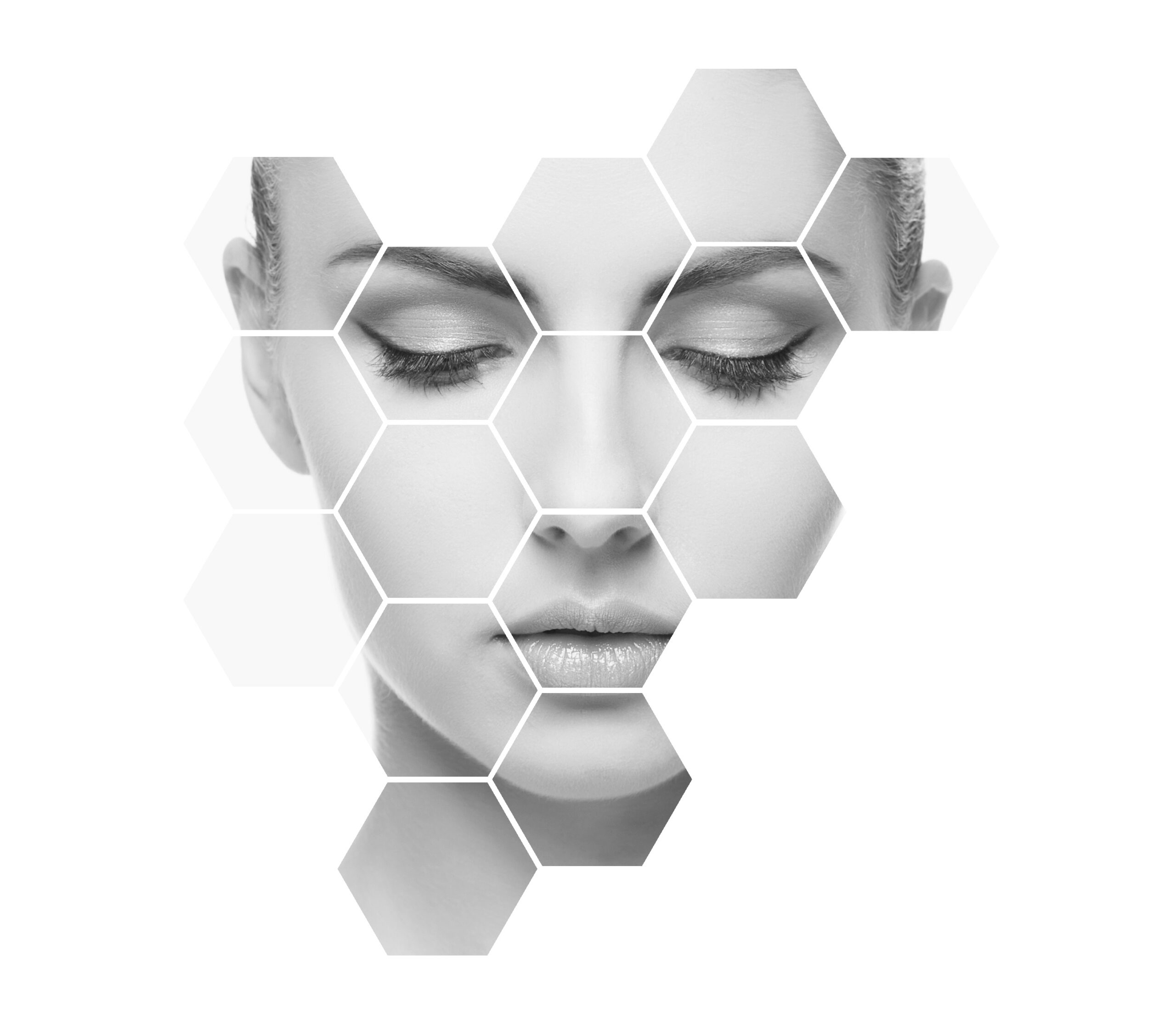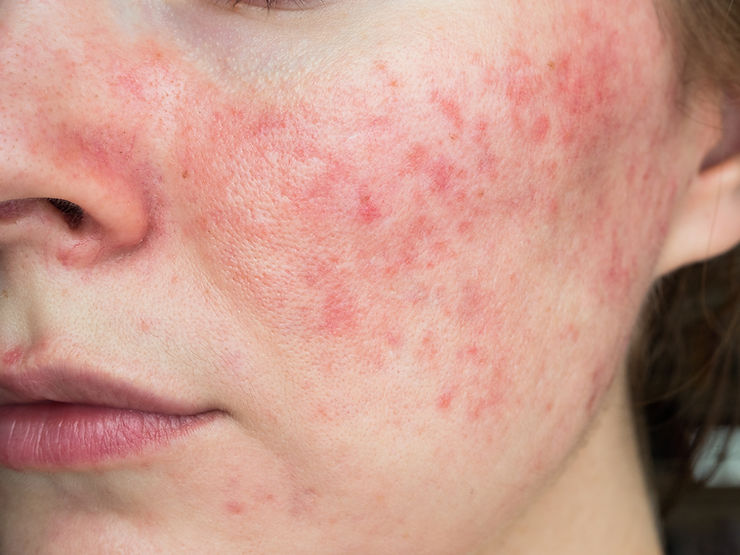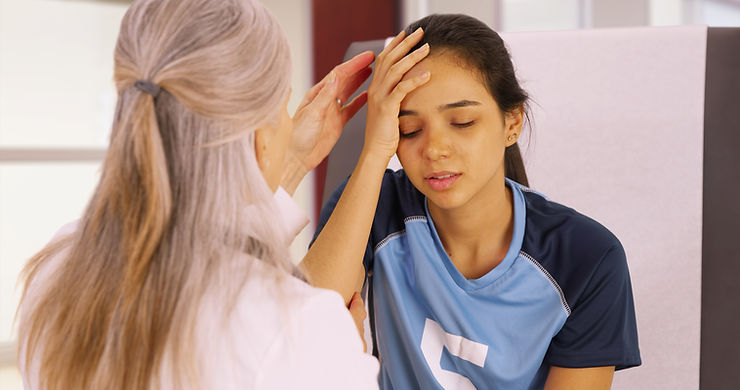Did you know…
- Almost 13,000 chemicals are used in cosmetics, and only 10 percent have been evaluated for safety.
- Cosmetics are not FDA regulated
- The average US woman uses 12 personal care products and/or cosmetics a day
- Women are exposed to 168 different chemicals a day, according to the Environmental Working Group (EWG).
- Men are exposed to approximately 85 chemicals per day.
- Teens use an average of 17 personal care products a day.
Who is EWG?
- The Environmental Working Group’s mission is to empower people to live healthier lives in a healthier environment. With breakthrough research and education, we drive consumer choice and civic action.
- “We are a non-profit, non-partisan organization dedicated to protecting human health and the environment.”
- We work for you. Do you know what’s in your tap water? What about your shampoo? What’s lurking in the cleaners underneath your sink? What pesticides are on your food? How about the farms, fracking wells and factories in your local area? Do you know what safeguards they use to protect your water, soil, air and your kids? Which large agribusinesses get your tax dollars and why? What are GMOs? What do they do to our land and water?”
What can you do about the toxic chemicals that you are being exposed to everyday?
Dr. Anderson and Dr. Lemon can order sophisticated, detailed toxicology screens. Everyone should have one once per year!
- Slash Your Chemical Exposures with These Simple Tips:
- The Environmental Working Group has a great database to help you find personal care products that are free of potentially dangerous chemicals.
- Products bearing the USDA 100% Organic seal are among your safest bets if you want to avoid potentially toxic ingredients.
- Beware that products boasting “all-natural” labels can still contain harmful chemicals, so be sure to check the full list of ingredients.
- Better yet, simplify your routine and make your own products. A slew of lotions, potions, and hair treatments can be eliminated with a jar of coconut oil, for example, to which you can add a high-quality essential oil, if you like, for scent.
- It’s important to remember that your skin is your largest, and most permeable organ. Just about anything you put on your skin will end up in your bloodstream and distributed throughout your body.
- Once these chemicals find their way into your body, they tend to accumulate over time because you typically lack the necessary enzymes to break them down.
- This is why Dr. Anderson is so fond of saying “don’t put anything on your body that you wouldn’t eat if you had to.”
- What you’ll notice if you browse through the ingredients in any of my personal line of natural skin care products is just that – ingredients you’ll know and recognize, like organic coconut oil, orange oil, or rosemary extract. (credit to Dr. Mercola)
Whether you make your own or switch to a truly natural, toxin-free brand, there are alternatives to the common, and often toxic, products that line drug store and beauty store shelves – and you might even find that you live them better than your old brand.




